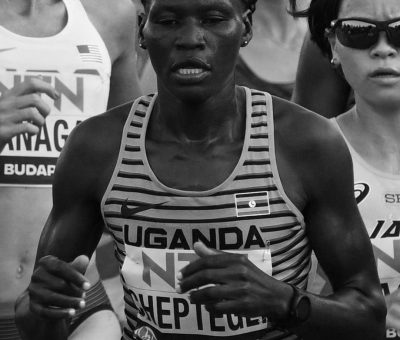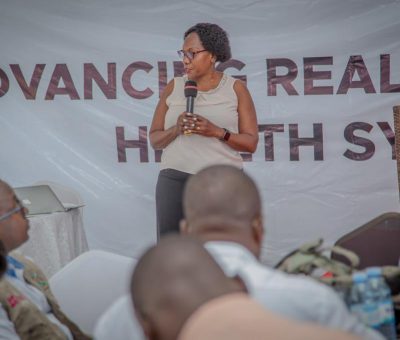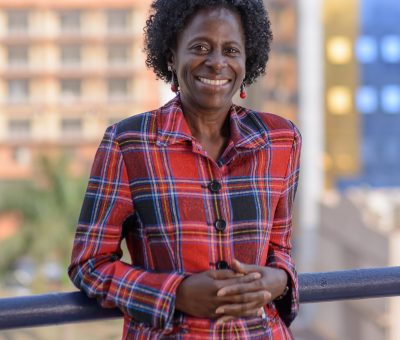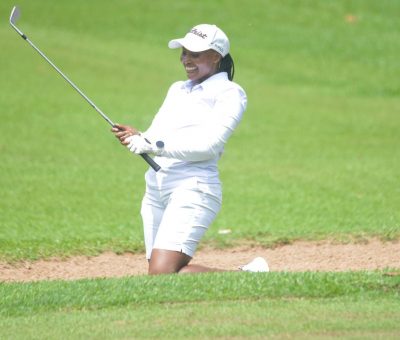Normalise breast self-examination
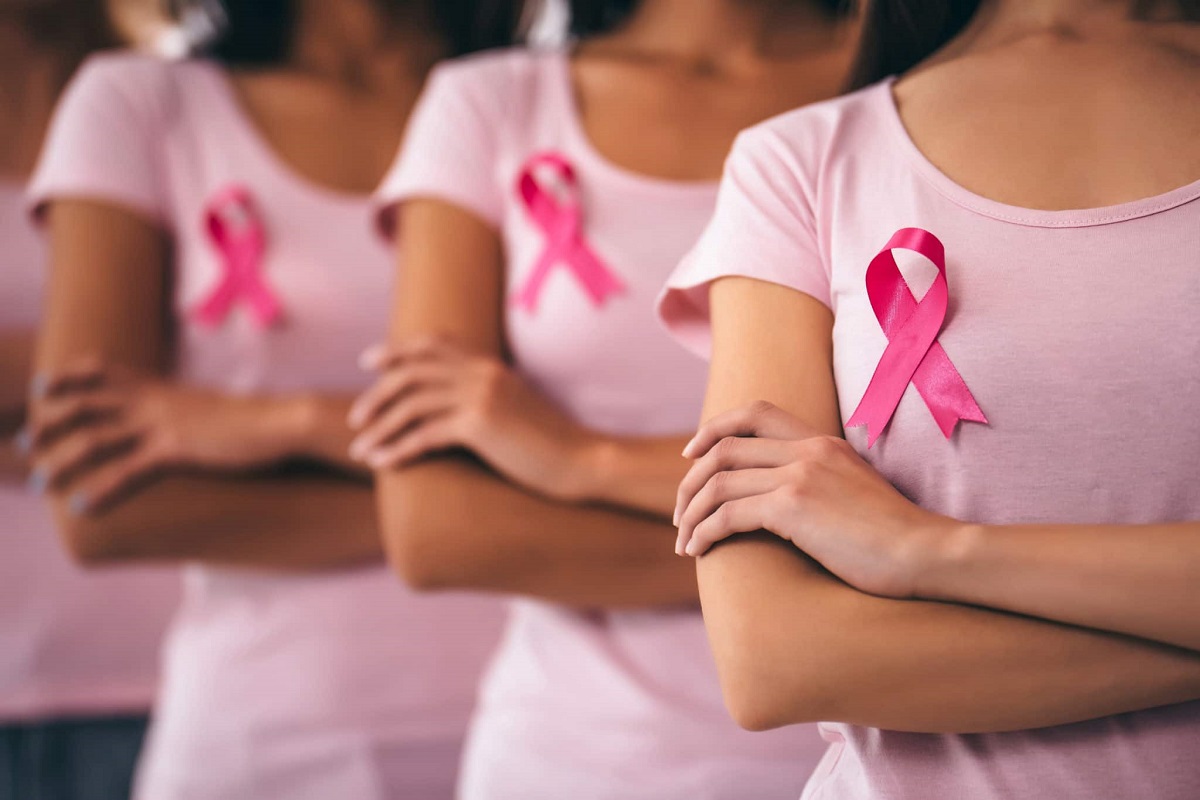
One of the most common cancers is breast cancer. However, it is curable and with the capacity improvements at Uganda Cancer Institute (UCI), effective treatment is possible, even in Uganda. It is also important to understand that breast cancer affects both men and women.
Dr Noleb Mugisha, an oncologist at UCI says both need to know what a normal breast looks and feels like. The primary way to do that is through a breast self-examination and it is done by looking at your breast as well as touching it.
Visual examination
- Shirtless and braless (for women), sit or stand before a mirror with your arms to the sides then inspect your breasts.
- In an upward posture, look at your breasts for changes in symmetry, size or colour. Also look for wrinkled skin around the breast and skin dimpling, akin to an orange fruit’s skin.
- Inspect the nipples if they have become inverted
- Lift the breast to see if there are symmetrical ridges along the bottom of the breast
Then, using your hands:
- In a lying position, on a flat surface, your breast tissue will spread out making it thinner thus easier to feel. Then, using the pads of your middle fingers examine the breast. If the pads are not as sensitive, you may use your palms
- In the shower, lather your fingers and breasts so the fingers can smoothly glide over the skin, making it easier to feel for any strange occurrence in the breast.
When examining your breast:
- Use varying pressure levels: The ultimate purpose is to feel as deep in your breast a possible. Therefore, work with various pressure levels- light pressure for breast tissue close to the skin, medium pressure for the middle of the breast and then more pressure for breast tissue close to the ribs and chest.
- Take your time: There is no need to rush; take your time to ensure you carefully examine the breasts.
- Be methodical: If you are to be sure about the condition of your breasts, then you must carefully examine the breasts in a clock-work movement rather than spontaneous checks. Carefully feel the breast as one working around a clock.
Results
Not every change, even the wrinkled skin or lumps in the breasts is necessarily a cause for alarm because menstrual cycles cause changes in breasts. It is therefore important to know that your breasts will feel different at different times. Additionally, age plays a big role in change.
That is why is it important that you normalise examining your breast so that you keep track of the changes. That way, it is easier to pick up on an abnormal change.
However, when you see or feel these, talk to a doctor:
- A hard knot or lump near your armpit.
- Changes in the look and feel of the breast such as thickening that varies from the surrounding tissue.
- Puckers, ridges or dimples on the breast’s skin.
- Bloody nipple discharge.
- Rashes, sores, scales or itching around the breast.
- A recent change on the nipple to make it inverted.














